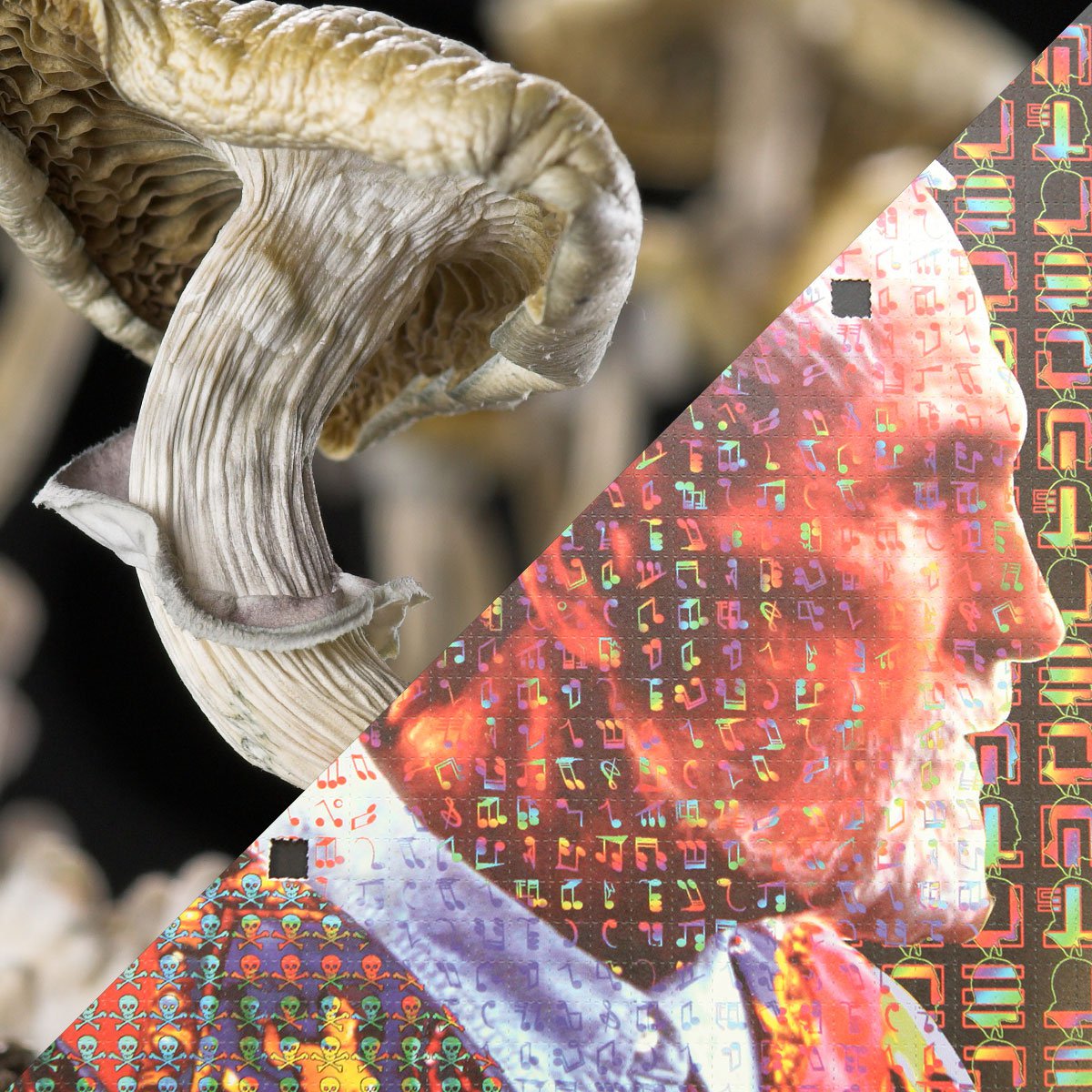All About Psychotomimetic Compounds: Their Role in Psychological Research Study
Psychotomimetic substances, such as LSD and psilocybin, have amassed enhancing rate of interest in emotional research study for their ability to duplicate psychotic signs and symptoms and provide insight right into different psychological health and wellness conditions. Their interactions within the mind, particularly with serotonin and dopamine paths, suggest a complicated partnership in between awareness and neurobiology that might unlock novel therapeutic opportunities. As scientists proceed to examine their possible applications, ethical considerations bordering their use in clinical settings become vital, raising vital inquiries about security and educated authorization that call for additional expedition.
Meaning of Psychotomimetic Compounds
In the realm of mental study, psychotomimetic compounds are substances that can induce effects resembling those of psychosis, such as hallucinations, delusions, and modified assumptions of fact - About Golden Psycho. These substances can be identified right into numerous groups, consisting of hallucinogens, dissociatives, and specific energizers, each creating unique emotional effects
The medicinal action of psychotomimetic substances often includes inflection of natural chemical systems, especially those related to serotonin, dopamine, and glutamate. For circumstances, materials like lysergic acid diethylamide (LSD) primarily act on serotonin receptors, bring about profound alterations in sensory assumption and cognition.
The energy of psychotomimetics in research exists in their capability to mimic psychotic signs, giving a version for recognizing the underlying systems of psychotic conditions such as schizophrenia. By examining the impacts of these substances, researchers can gain understandings right into the neurobiological and mental processes that add to psychosis.
Additionally, psychotomimetic substances have actually been discovered for their healing capacity in dealing with various psychological health and wellness conditions, including clinical depression and stress and anxiety, highlighting their twin role in both research study and potential scientific applications.
Historical Development and Context
The expedition of psychotomimetic compounds has a rich historical context that dates back to ancient people, where materials such as psilocybin mushrooms and peyote were used in spiritual and recovery practices. These early uses often linked with spiritual routines, recommending a profound reverence for the transformed states of consciousness caused by these substances.
The mid-20th century marked a significant transition in the research of psychotomimetic substances, especially with the synthesis of LSD by Albert Hofmann in 1938. The succeeding popularization of LSD in the 1960s militarized a wave of interest in both its emotional results and prospective healing applications. Scientists began to explore how these substances might simulate psychotic states, supplying understandings right into psychological health problem.
However, the increasing association of psychotomimetics with counterculture movements caused regulative backlash, culminating in the criminalization of most of these substances. Regardless of these challenges, the rebirth of passion in the therapeutic possibility of psychedelics in the 21st century has motivated restored research study. This historical trajectory underscores the developing understanding of psychotomimetic substances, transforming from spiritual substances to topics of scientific questions and, potentially, restorative guarantee.
Systems of Action
Comprehending the mechanisms of activity of psychotomimetic substances exposes the intricate means these compounds communicate with the brain's neurochemistry. These substances primarily apply their impacts with modulation of neurotransmitter systems, specifically serotonin, dopamine, and glutamate.
Along with serotonin, dopaminergic click now pathways are significantly influenced by substances like mescaline and specific cannabinoids, which can result in transformed states of consciousness and modifications in state of mind and inspiration. The NMDA receptor incongruity observed with substances like ketamine highlights an additional pathway through which psychotomimetics may induce dissociative states and profound changes in assumed processes.
The neurochemical cascades initiated by these communications cause facility and diverse psychological results. Understanding these systems is essential for both the innovation of mental research and the restorative potential of psychotomimetic compounds, as they supply insights into the underlying neural correlates of modified states of awareness.
Current Study and Applications
Recent investigations into psychotomimetic compounds have actually revealed a resurgence of interest in their restorative applications, particularly in the fields of psychiatry and psychology. Researchers have actually started exploring substances such as psilocybin, LSD, and ayahuasca for their prospective to ease signs and symptoms linked with numerous mental health and wellness problems, consisting of clinical depression, anxiety, and PTSD.
Clinical trials have actually shown that, when administered in controlled settings, these substances can facilitate profound psychological experiences, advertising psychological developments and improved healing outcomes. Researches have actually shown that psilocybin-assisted treatment can lead to considerable reductions in treatment-resistant anxiety, with effects lasting for numerous months post-treatment.
Additionally, psychotomimetic compounds are being examined for their capability to foster neuroplasticity, potentially permitting more reliable rewiring of maladaptive thought patterns. These searchings for suggest that such substances might serve as complements to standard psychotherapeutic methods, improving the efficacy of healing interventions.
As study advances, the emphasis is moving towards recognizing the optimal dosages, restorative setups, and participant features that can make best use of the benefits of these substances. This blossoming field holds promise for reinventing psychological health and wellness treatment standards and resolving the constraints of standard psychological medicines.
Moral Considerations in Research

Browsing the ethical landscape Visit Your URL of study including psychotomimetic compounds is vital to guaranteeing individual safety and the stability of research results. Researchers have to prioritize enlightened approval, making certain that participants completely recognize the potential dangers and advantages related to the materials being studied. This consists of giving in-depth information about feasible emotional effects, including severe and lasting influences, and allowing participants the chance to take out from the study at any type of time without fine.
Moreover, honest oversight by institutional evaluation boards (IRBs) is vital. IRBs review research study procedures to guard participant well-being and maintain moral criteria. This basics scrutiny assists alleviate risks and makes sure that researches are carried out with scientific rigor. Additionally, the capacity for browbeating have to be very carefully assessed, particularly when prone populaces are involved.
Privacy is an additional paramount consideration. Scientists need to apply robust steps to safeguard participants' identifications and data, particularly given the delicate nature of experiences related to psychotomimetic compounds (About Golden Psycho). Ultimately, a dedication to ethical practices not only promotes trust between scientists and participants however additionally boosts the integrity and validity of the study end results, contributing to the advancement of emotional understanding

Conclusion
Finally, psychotomimetic substances, particularly timeless psychedelics such as LSD and psilocybin, deal substantial insights right into psychological disorders via their unique systems of action. Their healing possibility in attending to conditions like anxiety and PTSD highlights the value of ongoing research in this field. Making certain moral requirements in research methods is important for participant safety and educated authorization, permitting for an accountable exploration of these substances' benefits and effects within emotional science.